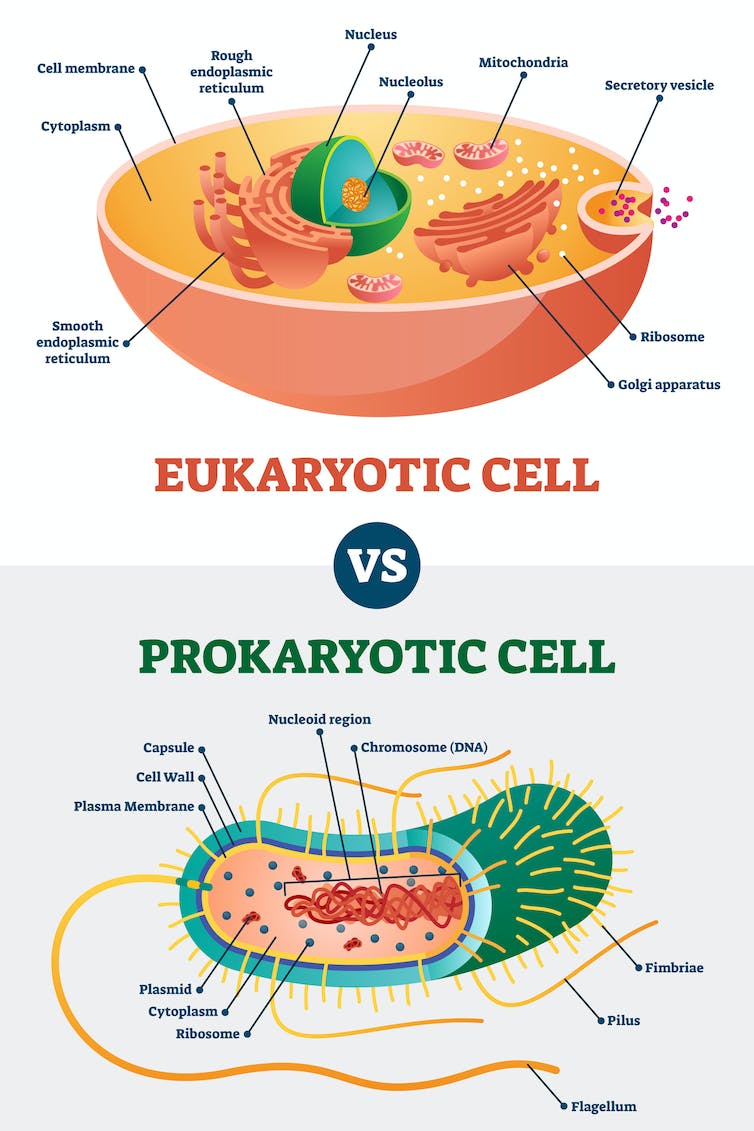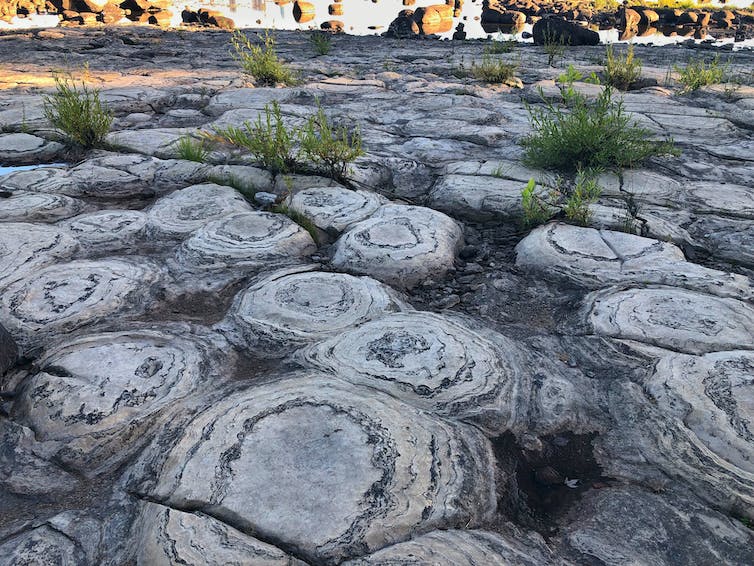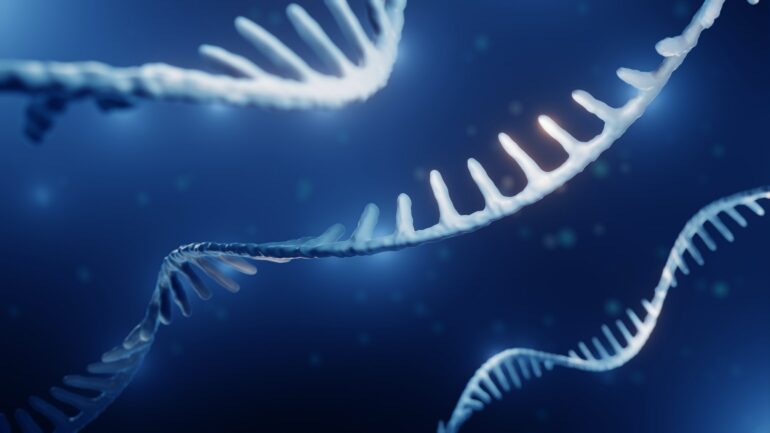
Curious Kids is a series for children of all ages. If you have a question you’d like an expert to answer, send it to [email protected].
Were there already viruses on Earth when the first living cells appeared billions of years ago? – Aayush A., age 16, India
How life on Earth started has puzzled scientists for a long time. And it still does.
Fossils provide very important evidence about the evolution of plants and animals. Unfortunately, there are very few fossils of ancient microbes available, so scientists rely on modern microbes to devise theories about how life started. I studied bacteria and another type of microbe called archaea from hot environments for many years to learn how they might have evolved on early Earth, but I still have so many unanswered questions.
Based on the fossil evidence we have, single-celled microbes appeared on Earth before larger cellular life like plants and animals. But which kinds of microbes were the very first kind of life?
Some scientists think hydrothermal vents are the cradle of early life on Earth.
Which microbes are considered alive?
Microbes are living, single-celled creatures surrounded by a membrane. They consume and convert nutrients into biological molecules or energy and are too small to be seen without a microscope.
By this definition, bacteria, archaea and single-celled eukaryotes are microbes. Bacteria and archaea are single-celled creatures that lack internal membrane-enclosed structures, like a nucleus to hold their genetic material. Single-celled eukaryotes have a nucleus and may have other membrane-enclosed structures.

Unlike prokaryotic cells, eukaryotic cells have membrane-enclosed structures like a nucleus and mitochondria.
VectorMine/iStock via Getty Images Plus
Some scientists consider viruses to be microbes made of genetic material enclosed in a protein coat. They are unable to replicate on their own and hijack the machinery of other cells to make copies of themselves. Because they don’t have many features of living cells, they are not technically alive.
Evidence for early life on Earth
Fossils can provide scientists with clues as to when life started, but they best record hard things like bones and teeth. Microbes are made of soft materials that do not fossilize well. However, some live together in very large groups of cells that can accumulate minerals and leave behind quite large fossils.
For example, cyanobacteria formed large structures called stromatolites in the oceans of early Earth. Scientists have found fossil stromatolites that date back to 3.48 billion years ago.

Stromatolites can provide information about life on early Earth.
Jana Kriz/Moment via Getty Images
Other scientists found what they believe are fossilized archaea in rocks from a 3.4…



